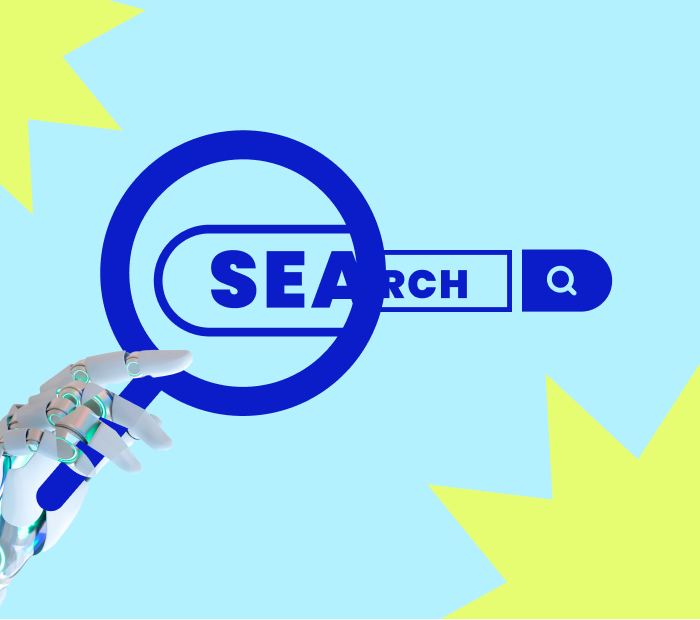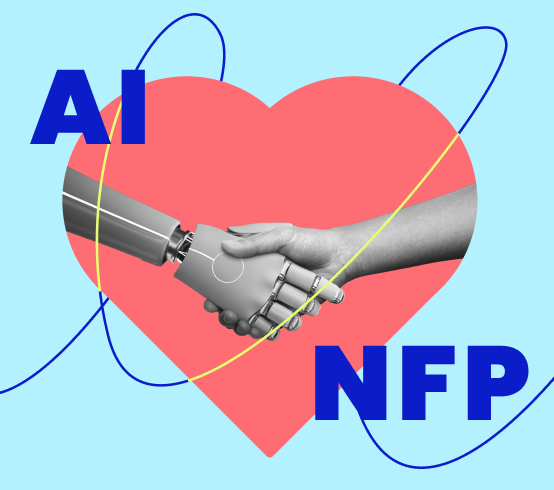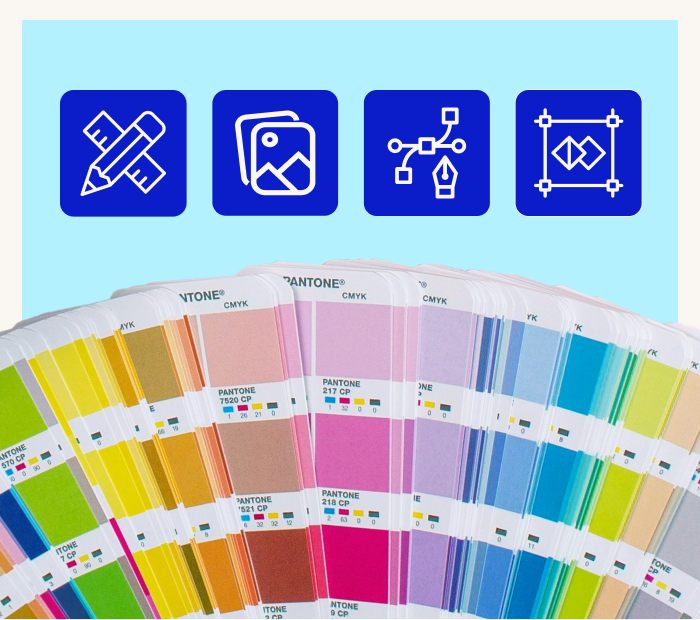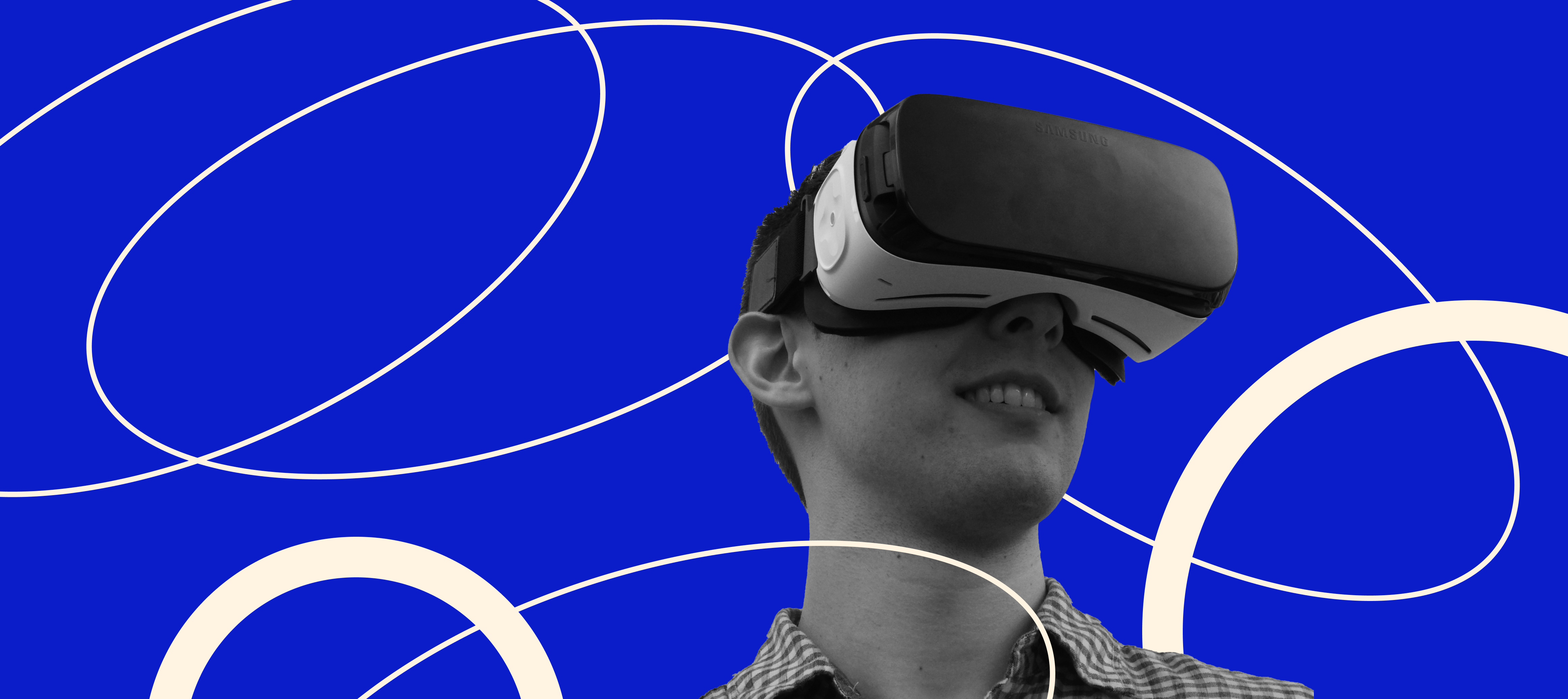
Evolution of Web Design Trends
In the early 1990s, web design was basic, focusing on text and limited images with minimal colour. However, as technology progressed, so did web design. The late 1990s and early 2000s saw the introduction of Flash, enabling more animated and interactive websites. Flash-based designs became popular due to visually appealing pages with engaging animations, but more accessible technologies later replaced them.
Mobile browsing’s emergence led to the necessity of responsive web design in the late 2000s, allowing websites to adapt to different screen sizes for a seamless user experience. The minimalist design and flat design took centre stage, emphasising clean lines, simple shapes and bold colours for a user-friendly experience.
Recently, mobile-first design has dominated with clean design and simpler user interfaces, video backgrounds for immersive experiences, bold typography for visual impact and incorporating social media elements to enhance online presence and engagement.
What is Modern Web Design?
Modern web design is driven by current trends, cutting-edge technologies and user expectations, resulting in visually appealing and user-friendly websites that offer immersive online experiences. It creates attractive, user-friendly websites with interactive features. This design style is about being responsive, mobile-friendly and good for search engines.
It adapts to different devices, offers a great experience and shows up well in search results engine rankings. High-quality visuals, animations, and videos capture the most attention from users and effectively convey messages, while interactive elements like animated images and playful cursors enhance user engagement. Modern web design is a crucial investment for businesses and individuals seeking to leave a lasting impact in the competitive digital space.
Key Elements of Modern Web Design
Website Components and Elements
A modern website has various components and elements that create a visually appealing and user-friendly experience. Your homepage must be visually engaging and easy to navigate, as clear and intuitive navigation menus can guide users effortlessly. Another critical component is responsive design. With mobile devices rising, your website must be compatible with different screen sizes. It enables websites to adjust to different devices and deliver a seamless browsing experience.
Design Features for a Modern Look and Feel
To achieve a modern look, keep your design clean and minimalist. Avoid clutter and prioritise simplicity. This will help users focus on the content and navigate easily. Typography is also important in modern web design. Choose easy-to-read fonts and use different weights and sizes for visual hierarchy. Create white space to have a spacious feel and enhance readability.
Incorporating Modern Website Design Trends
It’s important to keep your website up to date by using modern design trends. One trend is using bold and vibrant colours for a visually appealing website. Another trend is using custom illustrations and graphics to make your website unique. Lastly, add interactive elements like 3D animations and background videos for a more engaging UI/UX design.
Best Practices for Modern Web Design
User-Centred Design
This means prioritising the user experience first. Modern web designers must understand the target audience and design the website accordingly. User research and usability testing help get data and feedback so that changes can be made where they are needed. User-centred design also emphasises easy navigation, clear information and good layouts. Accessibility features are incorporated to ensure usability for individuals with disabilities.
Mobile-Friendly Design
The mobile-friendly design has become essential as mobile device usage has surpassed desktop computers for internet access. Responsive design adapts the website to various screen sizes and resolutions, ensuring easy accessibility and readability, with touch-friendly elements like larger buttons and user-friendly navigation menus enhancing the mobile experience.
SEO-Friendly Design
SEO-friendly design practices maximise website visibility in search engine results. SEO improves organic rankings by optimising content, structure and user experience. SEO-friendly design elements include a clean website layout with logical hierarchies and descriptive URLs. This helps search engine bots navigate and index the site more efficiently.
Modern Website Design Inspiration
Modern website design draws inspiration from various sources to produce visually attractive and unique digital experiences. Here are some significant inspiration sources for modern website design ideas:
Minimalism

Clean and simple designs with enough white space and clear typography continue to inspire modern websites. Minimalism allows for easy navigation and emphasises the essential elements that get attention from users.
Dark Mode
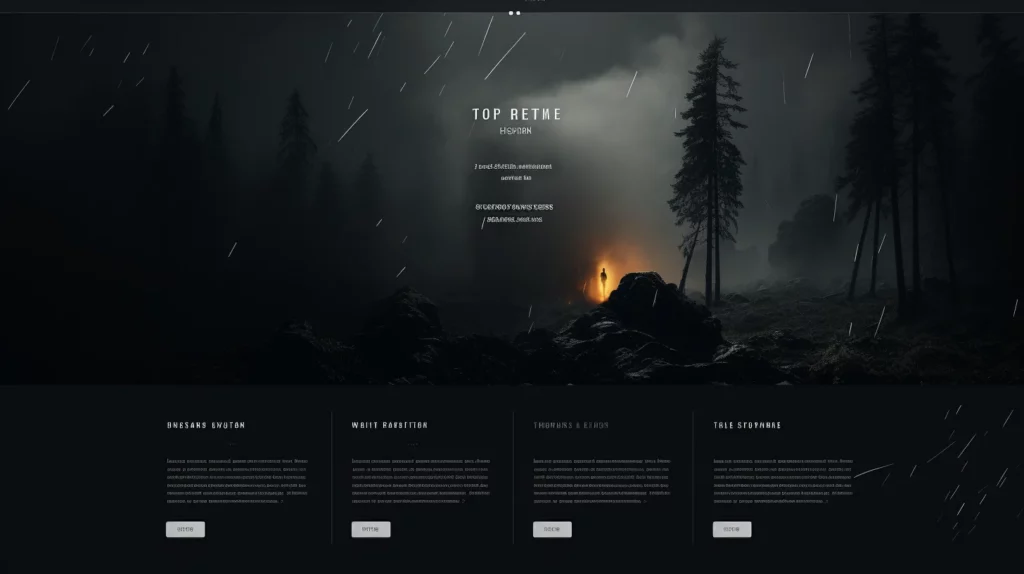
Dark mode has gained popularity, and many modern websites offer this design choice to reduce eye strain, making it a more useful design aesthetic element for customers who prefer darker interfaces.
Interactive Elements
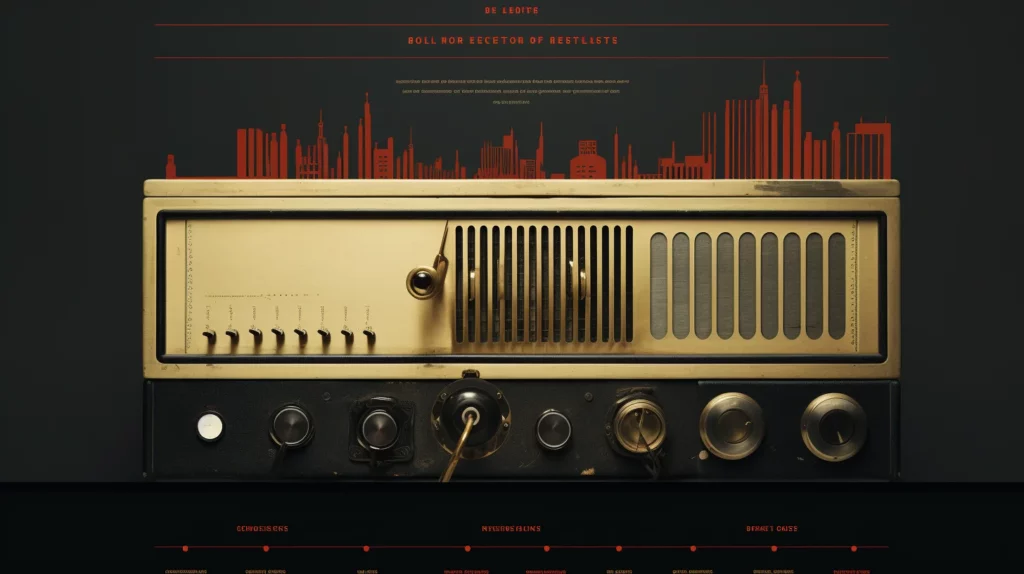
Modern website design examples incorporate interactive elements, such as cursor-triggered animations, microinteractions, parallax scrolling, dynamic scrolling and hover effects, to create connections with users and make the browsing experience more enjoyable.
3D Design
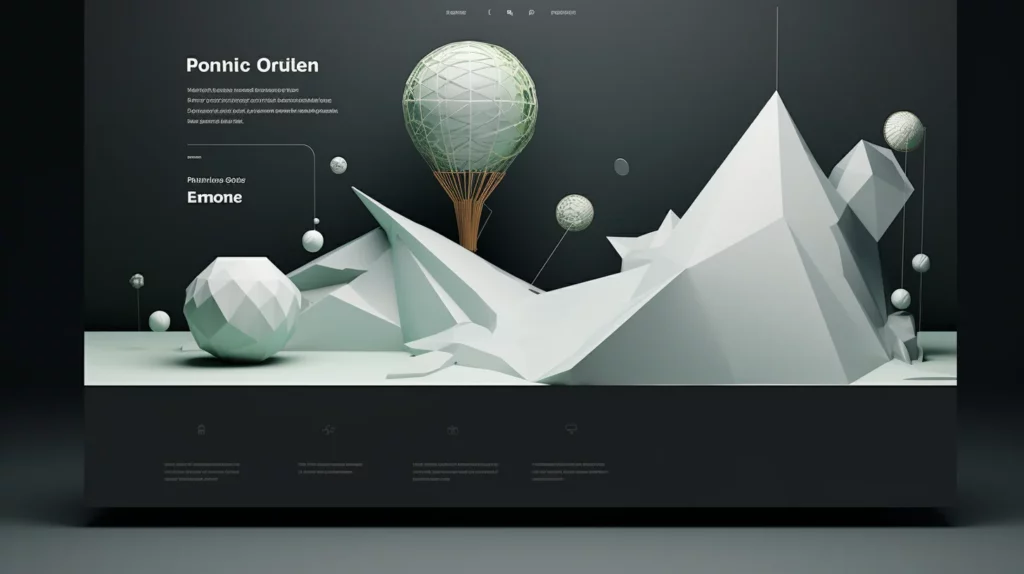
Integrating three-dimensional elements and custom illustrations adds depth and interactivity to modern website designs, enhancing the overall visual appeal.
Geometric Shapes and Patterns

Using geometric shapes and patterns can add a modern and dynamic touch to website layouts, creating visual interest and cohesion.
Discover the Future of Web Design With Butterfly
As the future of web design unfolds, Butterfly remains your reliable partner, providing exceptional customer service and unrivalled expertise in the digital landscape. Take advantage of the amazing web design trend and transform your website into a modern masterpiece that keeps your audience engaged and coming back for more. Get started with Butterfly and embrace the future of website design in Melbourne today!
Modern Web Design FAQs
How can I incorporate modern design trends into my website?
To use current design trends on your website, you’ll need to research them and modify them to fit your website’s goals and audience. Test your website often and ask for user feedback to improve it over time.
What tools can help me create modern web designs?
Here are some tools that can help you create modern web designs that are visually stunning and user-friendly:
- Adobe Photoshop: image editor
- Figma: used for prototyping UI/UX design projects.
- WordPress: widely used content management system
- Google PageSpeed Insights: analyses website performance
- GitHub: platform for collaborative coding
How does modern web design impact SEO?
Modern web design significantly impacts SEO by prioritising responsiveness, page speed, UX, high-quality content and mobile-first indexing. Emphasising these elements improves website rankings, increases organic traffic and enhances performance in search results.
H3: What is the most important thing in modern website design?
In website design, especially for ecommerce businesses, the user experience (UX) is the top priority. Making the website easy to navigate, access information, and interact with the content is crucial. A user-centred approach, fast loading speed, and quality content lead to a successful and effective website design that leaves a good impression on users.

